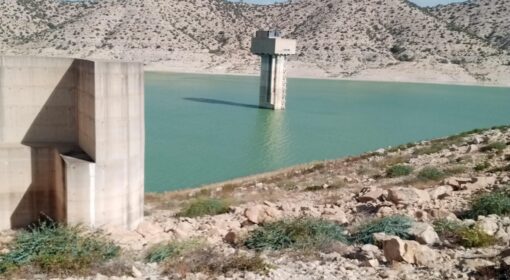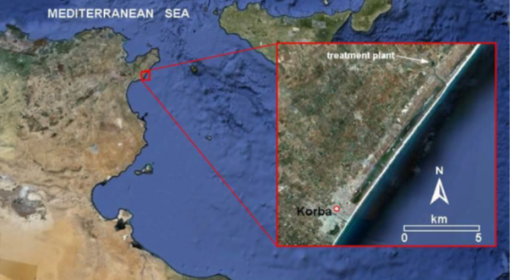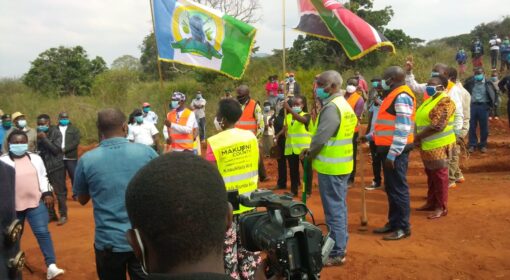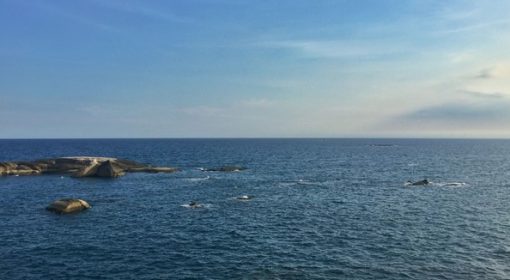Posted by Frank van Steenbergen
May 19, 2014
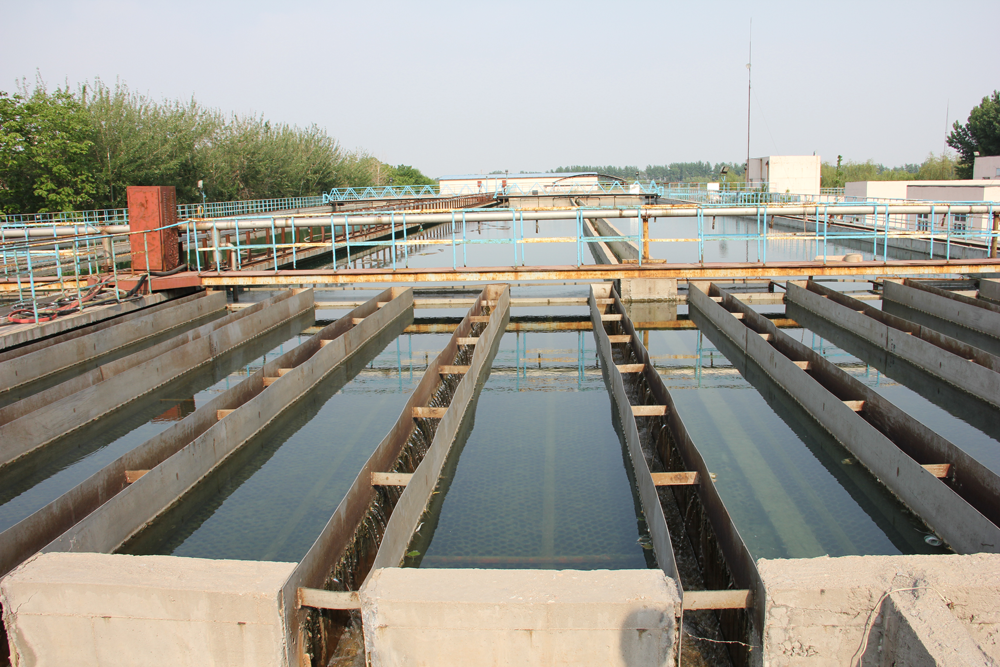
The coastal Zibo-Weifang aquifer system in Shandong Province (near the Laizhou Bay of the Bohai Sea) is classified as one of the top three most overexploited aquifer systems in China.
A large cone of depression, stretching over an area of 5809 km2, developed after the drought of 2002-2004. Groundwater levels plunged to around 50 metres. The cone has reduced in size by 10% ever since, largely due to high rainfall and various corrective measures. Nevertheless, the overexploited area remains large.
The largest part of the depression falls within the coastal Huabai area, where little surface water reaches and dependency on groundwater is high. This has led to salt water intrusion up to 35 kilometre from the coast line, and to land subsidence occurring over an 8.2 km-stretch in Huantai county. The water resources per capita in Zibo-Weifang is less than 350m³- classifying the area as heavily water stressed – and the shortfall between demand and supply in an average year is amounts to 15%. The impact of climate change may add more stress as it is predicted to reduce rainfall by around 8%.
At the same time the Zibo-Weifang area, like most of East China, is an economic powerhouse. The dynamic growth is manifest in the development of a new coastal export zone, the presence of large industry, but also in the widespread export horticulture. A main strategy to reverse the shortfall of groundwater has been the development of more surface water storage and replacing the use of groundwater with surface water from the enlarged reservoirs.
An example is the Chenming paper factory, based in Shougang county – the largest enterprise in the area. The paper mill is also a key water user: it takes 3 cubic metres of water to produce 1 ton of paper. With major concerns related to the state of the aquifer after the 2002-04 drought, the factory was ordered to close down its 20 wells and switch to using surface water instead.
To facilitate this, the Bureau of Water Resources in Shougang sourced 10 million cubic metres of water annually, from one of the many storage reservoirs on the Mehei River in the upstream Tinjao county. The bureau had to pay a relatively low price of RMB 0.3 per cubic metre (since the water is classified as irrigation water). As part of the deal to close down the wells, the Bureau of Water Resources resold this water to the paper mill. The paper mill developed a water treatment plant. The investment in the 150,000 cubic metres/ day water plant – including the pipelines to the factory – amounted to RMB 100 M (USD 6 Million). Normally half of the capacity is used.
In spite of the substantial investment, the shift worked out well for the paper factory. For using groundwater, it paid RMB 1.25 (USD 0.20) per cubic meter – comprising of RMB 0.85 as groundwater fee and RMB 0.40 for pumping. With the water treatment the costs involved are lower: the water from the storage on Mehei Riveris is purchased for RMB 0.30 (price of irrigation water by the Bureau) – and then resold at a small margin. Including the cost of treatment (RMB 0.45), the total cost of water comes to RMB 1.00 (USD 0.16) per cubic meter.
Also, about 70,000 cubic metres of groundwater is saved every day. Most but not all wells are closed. One well remains functional, as its water is used for the production of napkin paper that requires very high quality standards. The other wells are no longer in use, but they are still kept operational so they can be used in times of emergency.
The factory is also moving to increased reuse of its own wastewater and is planning to achieve zero discharge. It uses sludge generated by the pulping process to make fertilizer, and the methane released by biogas from the process water to generate power.
The shift to conjunctive management of groundwater and surface water has made it possible to address overuse, especially of the deeper aquifers, and at the same time has made good business sense.
